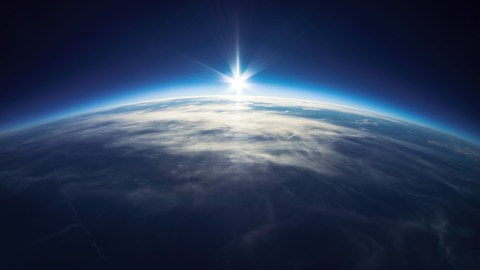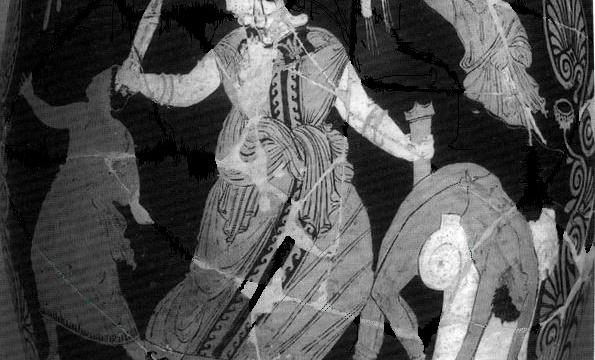What Makes the Earth Rare

When we thought up the Rare Earth Hypothesis, it was simply taking a look at what happened on this planet that allowed us to have multi-cellularity. Part of it was that we had conditions allowing habitability for billions of years. It took a long time to get to something as simple as a two-celled creature. A long time.
How do you get a long time? You do it because systems of temperature, systems of oxygen, systems of all the gasses and the carbon movement remains stable. If you get too hot, too cold and only a little bit too hot and a little bit too cold in a planetary sense, you can kiss it all good-bye.
So, what is it about the Earth that allowed things to continue for such long periods of time? The most important factor is plate tectonics. This is the movement of the surface of the Earth over the top of a mobile, softer rock substrate beneath it. So, the continents skate around like bumper cars. Part of that process is a continental and ocean recycling. And that recycling system is an absolutely necessity to keep a long term temperature constancy. We have this feedback system, a thermostat system. What makes the earth warmer is carbon dioxide, what makes the earth cooler, interestingly enough, is the removal of that carbon dioxide. Volcanoes put it in the air, but weathering removes it. If you take a granite, or any rock that had a volcanic material in it and let it chemically weather, one of the byproducts takes Co2 out of the atmosphere. The warmer it gets, the faster that process works.
So, the warmer it gets the faster the breakdown removes Co2. If you get down to an area, or a level at which you can no longer chemically weather, the volcanoes refill you up. Now that bang-bang feedback system has been in service for over 3 ½ billion years or more. That has kept us at a stable temperature. How often does a planet have plate tectonics? By looking at the nature of the rock, we barely have it. If you want to think about the end of the world, the end of the world is going to happen when the friction co-efficiency over-exceeds the type of rock we have, and we no longer have these subduction zones.
The end of the world is also going to be when our core – we have this liquid molten core – it’s going to freeze because the Earth is slowly dying and cooling. When that freezes, we lose our magnetic field. So we also have consequences for plate tectonics. So, those two things are geologically produced. How often do you find both of them on the same planet? Theoretical studies say, not very often.
In Their Own Words is recorded in Big Think’s studio.
Image courtesy of Shutterstock





